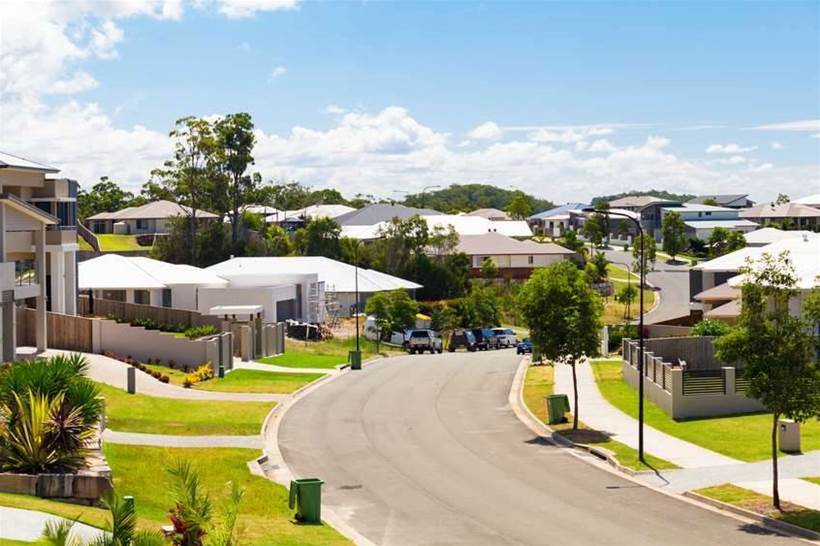Telstra has announced that it will be launching a smart home platform for Australian customers later this year.
The telco will be providing a range of smart home products, from door and window sensors to motion sensors, wifi cameras, light bulbs, smart power outlets and a smart door lock.
To provide interconnectivity, Telstra will be supplying a smart home hub and a smartphone app that will enable control of all of these devices from a single interface.
Telstra will be launching two packages offering a different mix of smart products for different purposes, just in time for the Christmas period this year.
The packages, called ‘Watch and Monitor’ and ‘Automation and Energy’, will be available on 24-month contracts.
Telstra has teamed up with Icontrol Networks to provide the hardware and software, and signed a five-year exclusive partnership with the company. Icontrol currently provides a similar service to Time Warner Cable and ADT in the US for their smart home products.
The telco expects to have more devices compatible with its smart home offering closer to launch.
Platform to address consumers' concerns
John Chambers, Telstra’s executive director of home and premium services, spoke to IoT Hub about the company’s big move into smart home services.
“Smart home technology is something that Telstra has been looking at and testing, trialling different options for a little while, and we’ve known where we wanted to play, which is at the platform level,” he said.
“Our point of view is it can be quite confusing for customers to engage with multiple, different devices and connect all of them together.
“There are some good tools like IFTTT (If-This-Then-That) and others that help make some of those connections, but we feel our opportunity to make things easier for customers is to provide one, simple platform that can work for every Australian, no matter how technical or non-technical you are.”
Chambers said a sizeable amount of time was spent assessing smart home platforms in use around the world, and this – together with early engagements with customers about their requirements - uncovered three core concerns.
“One was security, and making sure we provide a deeply secure platform, and Icontrol’s heritage in security plus our own internal capability with security has given us a lot of comfort around providing a secure platform,” he said.
“Second was extensibility, where we don’t want to be locked down into one ecosystem of devices, but rather we wanted a platform where we could ingest different platforms and device sets.
“The third thing was the service layer. Our customers were saying they really wanted to ensure they’ve got the help they need because this is a big decision for them to go and build an automated home, and they wanted to be able to get service and help throughout their implementation and usage journey.”
Dozens more devices to be added
Chambers said the two packages provided by Telstra will serve as a baseline for customers, from which extra components can be added at an additional cost per device.
However, he added that customers will not be able to add their own smart home products that they have purchased separately, even if those products run on the Zigbee connectivity platform that Telstra’s devices use.
This is due to the telco’s commitment to security and end-to-end certification of all of the products it offers, he said.
“We’re starting with ten products at launch, with a view to bring more devices into our product catalogue,” he added.
“We’re currently looking at dozens more products that we can ingest, and Icontrol has well over 50 devices globally that they have certified, which makes things easier for us to integrate them into our platform in the future.”
Chambers expected that the varying innovation cycles between smart home technologies will enable Telstra to offer devices such as voice-operated devices with faster upgrade intervals, compared to others which don’t change as quickly such as door and window sensors.
“We see customer engagement as a critical element here, and as customers start with basic technologies like sensors and cameras, we expect them to want a richer experience, which means automation and improved interaction, and therefore the latest and greatest products,” he said.
A platform for services and smart cities
Chambers said the telco’s desire to offer back-to-base security, smart energy and smart health services was an important consideration in the choice of platform.
“We’re also looking further afield towards connected cars and Narrowband-IoT integration, so we look along a range of experiences that our customers are going to want to orchestrate in their lives, and we had to find a platform that was open enough such that we could incorporate all of that added functionality over time,” he said.
Chambers predicted that smart home technologies will have a role to play in broader smart city initiatives, and that data collected in homes – particularly energy management and health data – will play an important role.
“In a five to ten year horizon, these smart home and smart city ecosystems will be quite tangible, and Telstra has a unique capacity to help connect smart homes and smart cities together,” he said.
He also said that Telstra is looking at incorporate smart building technologies beyond the single-home market.
“[Wider smart building technology] is something that we’re looking at. The shift from smart homes to smart apartments, smart apartment blocks and smart commercial buildings for me represents a continuum, and are ultimately most effective when they work together, so that’s certainly part of our thinking.”







